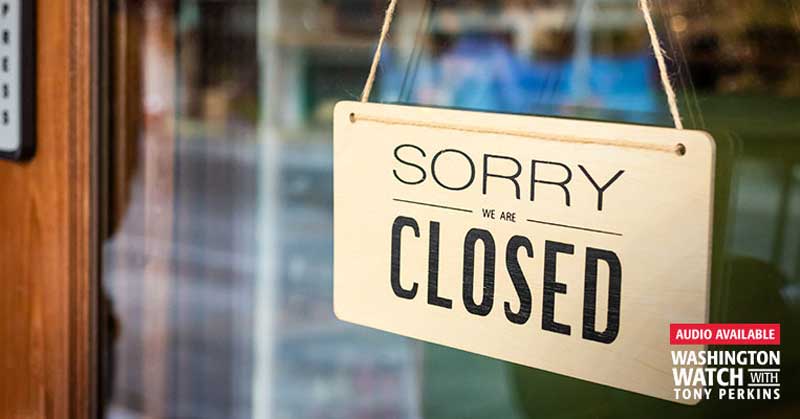
Louisianans are a tough bunch. They've ridden out hurricanes, bailed out floods, and rebuilt every time. Now, they're facing a much harsher test: a disaster no one can predict. "It's like preparing for an invisible hurricane," one nurse said. "But we don't know when landfall will be." What they do know is that no matter how prepared they are, it's not enough. Not this time.
For Governor Jon Bel Edwards (D) it was the one distinction he didn't want. Louisiana, new research confirms, now has the world's highest average daily growth rate of the coronavirus -- a stunning 65.7 percent in the first 15 days since a diagnosis. Only Washington State and New York have more per capita. At a press conference Wednesday, Edwards did his best to contain the panic, but admitted, "The trajectory of our case growth continues to be very alarming. We have not begun to flatten the curve yet, and that is the number one message that I'm trying to deliver to the state of Louisiana. We have a long way to go." Realizing that his state, like so many others, would be suffering overwhelming losses, he called on Louisianans to pray and fast.
As my home state comes to grips with the news, a lot of people have questions. How did this happen, for starters? How did Louisiana go from an average number of cases to a global hotspot? Dr. Catherine O'Neal, an infectious disease expert and chief medical officer of Our Lady of the Lake Regional Medical Center in Baton Rouge, thinks the answer can probably be traced to an event that's almost synonymous with New Orleans.
"It's always hard to know exactly how an area gets an influx of cases so quickly," she explained Wednesday on "Washington Watch." "We do know that there are certain things that are accelerators, and there are many hypotheses right now that that Mardi Gras was an accelerator. We definitely went through a mass of big social gatherings in Louisiana and also lots of travelers. So people from other countries, people from all of the United States coming to New Orleans, which is where we're seeing the most cases and then going back to their home states... So I have to believe that Mardi Gras probably played some role in accelerating the case number here."
But even now, as Louisiana starts to be overrun by cases, some people still seem to be dismissive of the threats, the government's guidance, or the reality of the virus. That's tragic, Dr. O'Neal agreed, because behind the doors of every hospital are men and women fighting for their lives. "Those of us in Baton Rouge," she explained, "have been watching with some trepidation -- and also preparing our staff and physicians to be ready... Starting last week," she said, "we [started to see] just a huge increase in patients who are coming in with respiratory distress, needing ventilators for respiratory distress. We're a couple of weeks behind New Orleans but seeing that same thing that they saw several weeks ago -- which is a life-threatening illness in people who should not be presenting such severe disease. It's disturbing to see," she admitted.
The biggest problem, Dr. O'Neal pointed out, is how the virus attacks. "[It] starts to multiply in the back of your throat, but then it goes down into your lungs and causes a severe pneumonia. When people can't breathe on their own, we're left with just a couple of options. Sometimes you can provide oxygen... But many of these patients require time on the ventilator to breathe. And we don't have enough ventilators to take care of all of the patients that we expect to have if [people] don't stay home and isolate." If Americans keep plunging head-first into parties, large crowds, or church services, the result will be deadly. "We are not going to have enough ventilators to treat everybody who's ill."
As experts know, the virus is devastating. "But it's not about the virus," Dr. O'Neal insisted. "It's about the volume. If we continue to see this increase in volume day after day, we're going to run out of equipment to take care of patients. If we slow the virus down, then we can treat every patient as we would want to treat them according to our standards of care. But if that volume comes at us too quickly, we're going to run out of the supplies we need, including the ventilators we need to care for our family members. And then when they get here, we won't have the tools to help them."
If those aren't compelling enough reasons to stay home, Dr. O'Neal has another: the health of our doctors and nurses. "Look," she said, "we all need to go to the grocery store. We all still have to go to the pharmacy." But otherwise, if you're out in the community spreading the virus, "you're putting the only people we have to take care of these patients at risk. "So isolate," she insisted. "Every bit of distancing counts."
Tony Perkins's Washington Update is written with the aid of FRC senior writers.

















